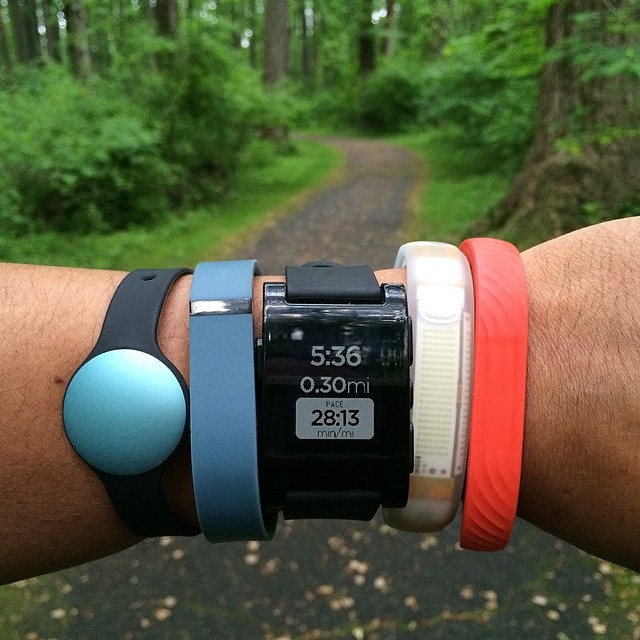After playing a rather challenging 90-minute doubles match, I found myself in a heated discussion debating the pros and cons of FitBit (and all wearable exercise devices). As soon as we shook our opponents hands, three out of four of us went straight to check our FitBits to see how many steps we had achieved in our match.
We all were quite disappointed to see that even though we had been playing for 90 minutes, working up a sweat as we chased after balls, we still had only achieved around 6,400 steps. My partner’s first response was, “Oh no. Now I’ve somehow got to find time to get the rest of my 10,000 steps in or my daughter is going to beat me!” Another one of the group was also in a 10,000 step challenge and complained how hard it was to get there each day.
This got us talking: Is our FitBit stressing us out more than helping us out?
While it’s great to have something to motivate us to exercise, one of my friends has admitted to running in place in her bedroom while everyone else sleeps, trying to get to her 10,000 steps before midnight. FitBit has recommended a daily goal of 10,000 steps for optimal results, however as active as most of are, we are not finding it easy to reach that goal. If a 90 minute doubles match left us 4,000 steps short of our goal, and out of free time, what is everyone else doing to hit 10,000? We can’t be the only ones struggling.
Exercise is supposed to reduce daily stress levels, however stressing about hitting a certain number of FitBit steps is increasing my inner circles’ stress! While we may be getting in shape, I’m not sure depriving myself of sleep, or leisure activities (including tennis!) to hit 10,000 steps is worth it!
Just a thought from this “stressed out” FitBit user who still has to hit 5,700 more steps before the day is over!
Image: Mike Lee


